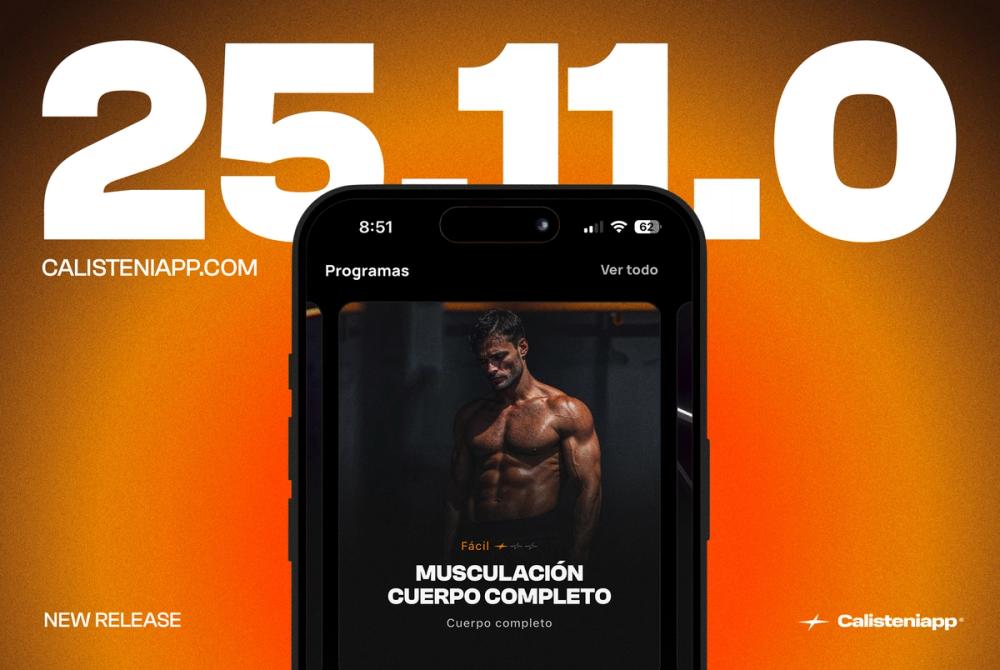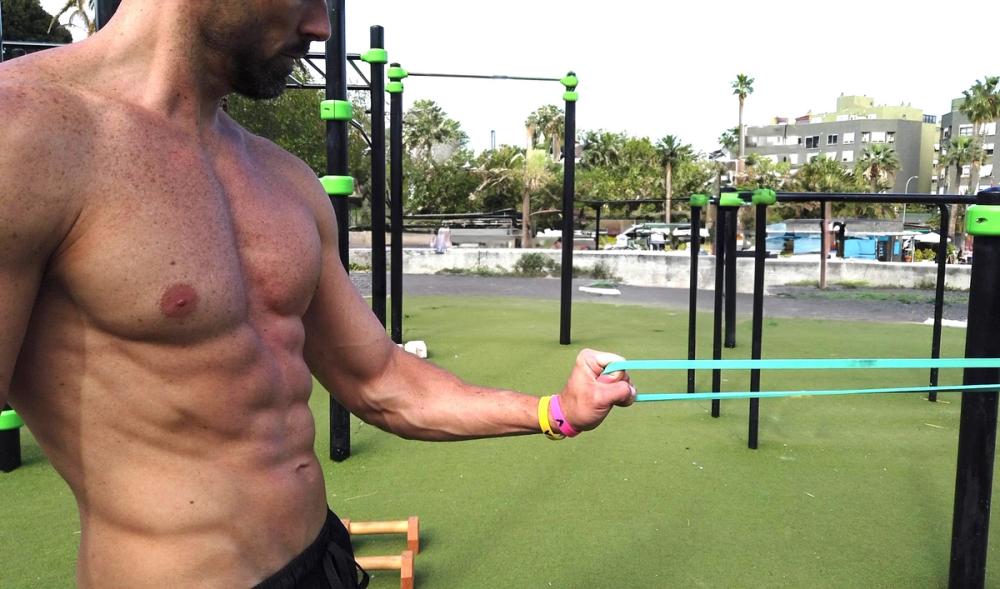
Calisteniapp 10' Workout Challenge
Start training or give your routines a boost with this 21-day Calisthenics challenge for all levels that will put your discipline to the test.

In recent years, the exercise known as “Mike Tyson Push-Ups” has gained a lot of popularity. These push-ups combine the traditional movement with a horizontal shift and knee bend, making them a distinctive variation.
In this article, we’ll break down exactly how to perform this exercise, why it can be both appealing and beneficial, its pros and cons, and whether it’s actually something Mike Tyson himself included in his training—or just a myth.
Start in a standard push-up position, but with the soles of your feet pressed against a wall.
Perform a regular push-up, but as you come back up, bend your knees and shift your hips backward until your glutes are close to your heels.
Return to the starting position to complete one rep.

These push-ups include some leg involvement, turning the movement into a more full-body exercise.
They slightly increase the activation of the front deltoid (the front part of the shoulder), which is an important muscle for boxers.
They improve shoulder mobility. This movement challenges your shoulders through a wide range of motion, which helps maintain good joint flexibility.
There’s also some additional activation of the abdominal muscles.
It’s a more demanding exercise in terms of cardio and endurance, making it particularly useful for boxers.
The leg work is relatively mild, so it shouldn’t be considered a true leg exercise. Since it involves multiple muscle groups, the intensity is spread out.
If your main goal is to focus on front deltoid development, there may be more effective exercises—like pike push-ups.
If you’re looking to build explosive power for boxing, other alternatives like explosive push-ups or clap push-ups might be more beneficial.
This exercise is a great option for anyone looking for a complete workout in a short amount of time. It combines strength, endurance, and cardio, engaging a wide range of muscle groups.
It’s especially relevant for boxers and martial artists due to its strong carryover to these sports. The combination of high-intensity pushing with additional leg and core activation makes it very suitable for that purpose.
A great way to include it in your training would be through EMOM (Every Minute on the Minute) format, where you perform a specific number of reps at the start of each minute. Or try it in an AMRAP (As Many Reps As Possible) format over a set time.
If you’re a beginner, you can perform the movement with your knees on the ground or your hands elevated on a surface to make it easier.
For more advanced athletes, try placing your feet on an elevated surface and/or using push-up bars or handles to increase your range of motion.
I’ve done some in-depth research on this, and it seems the answer is no. There are no official records—no videos, interviews, or statements—confirming that Mike Tyson used this exercise in his training. Neither his coaches nor close associates have ever mentioned it.

The only "evidence" comes from a forum user on a thread titled “The ‘Mike Tyson push-up’? The hell?” on BoxingForum24 (2022). The user, channy, claimed to have seen the push-up in a short ITV clip before a fight in 1985–86 (possibly against Berbick), and said he had it on VHS. However, he couldn’t provide any proof, so it remains anecdotal.
It appears that the name originated in prison workout culture. A rumor circulated that Tyson used this exercise while in prison, and it later gained popularity through YouTube channels like “That’s Good Money,” where challenges using this movement went viral.

If you're looking for more workouts to improve your fitness for martial arts, check out the training options we offer on Calisteniapp.
By Yerai Alonso

Yerai Alonso
Cofundador de Calisteniapp, referente en calistenia y el street workout en Español. Con más de una década de experiencia, es creador de uno de los canales de YouTube más influyentes del sector. Autor del libro La calle es tu gimnasio, campeón de Canarias y jurado en competiciones nacionales e internacionales.
Join our newsletter
Learn everything you need to know about calisthenics

Start training or give your routines a boost with this 21-day Calisthenics challenge for all levels that will put your discipline to the test.

Calisteniapp is a symbol that represents our obsession with excellence, our essence, and the path we want to define for the next ten years.

Descubre los mejores ejercicios de antebrazo para calistenia. Mejora fuerza, agarre y control corporal con entrenamientos efectivos sin pesas.
